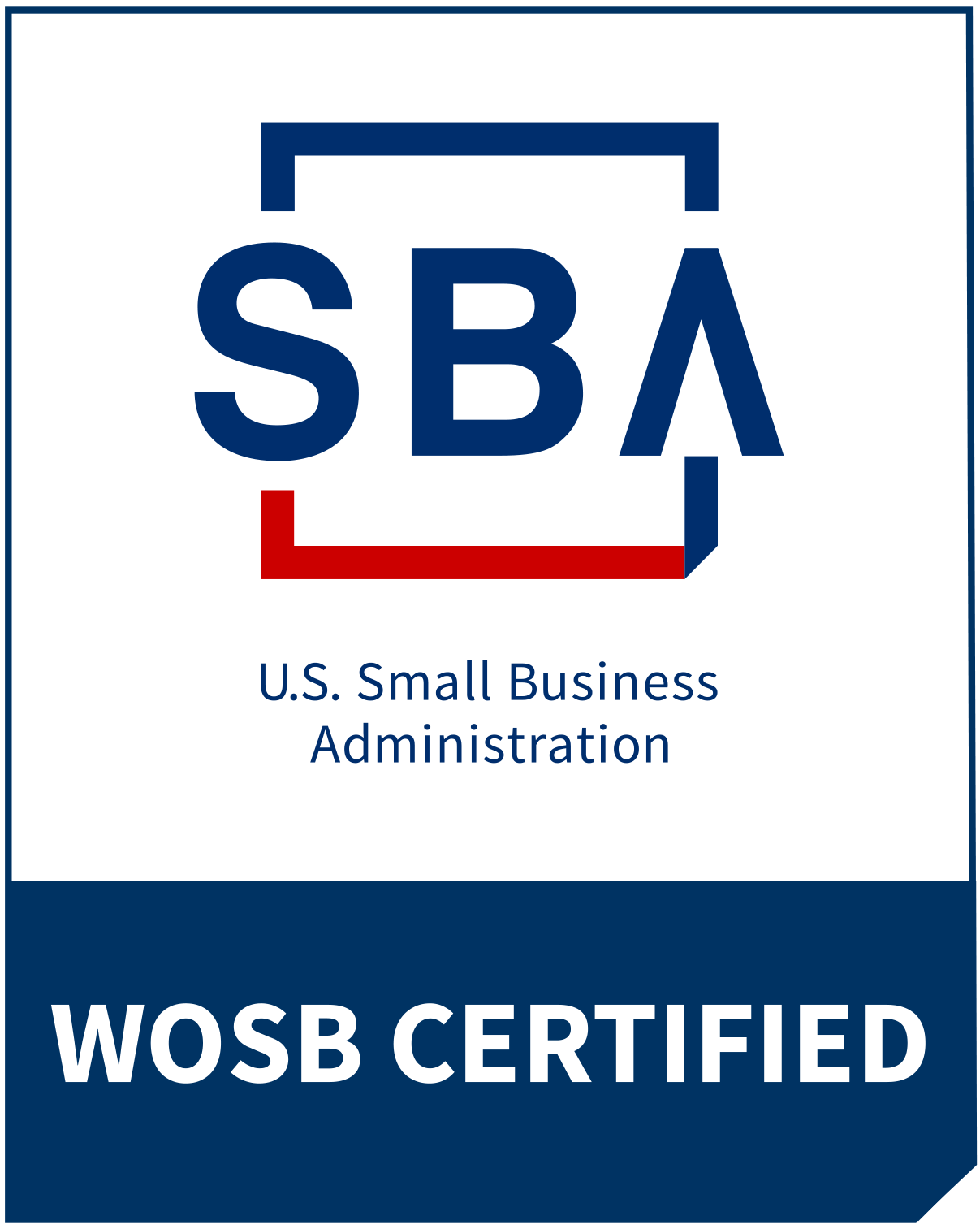The Automation Trap: What Companies Get Wrong
The Automation Trap: What Companies Get Wrong
Imagine this: you're the founder of a thriving marketing agency. You've got a talented team, a growing roster of clients, and a reputation for delivering top-notch results. But behind the scenes, chaos reigns. Your designers are drowning in a sea of email requests. Your project managers are playing a never-ending game of "Where's that file?" And you? You're pulling your hair out, trying to keep it all together.
If this scenario sounds all too familiar, you're not alone. In today's fast-paced business landscape, companies are under immense pressure to deliver more, faster, and with fewer resources. It's no wonder that many are turning to automation as a silver bullet solution. But here's the thing: automation is not a magic wand. In fact, when done wrong, it can create more problems than it solves.
What is Automation?
First, let's define "automation." In the context of workflow optimization, automation refers to the use of technology to streamline, standardize, and scale repetitive tasks and processes. This can include everything from simple email templates to complex software integrations. The goal is to reduce manual effort, minimize errors, and free up time for higher-value work.
Sounds great, right? Not so fast. While automation can be a powerful tool, many companies fall into common traps that undermine its effectiveness.
4 Common Automation Pitfalls
Here are a few of the biggest pitfalls:
1. Automating without a plan: Too often, companies jump head-first into automation without taking the time to map out their current workflows, identify pain points, and define clear goals. They invest in shiny new tools without considering how they fit into the bigger picture. The result? A patchwork of disconnected systems that create more silos and confusion.
2. Neglecting the human element: Automation is not a replacement for human intelligence and creativity. Yet many companies treat it as such, expecting their teams to adapt to rigid, automated processes without considering their needs, preferences, and expertise. This can lead to frustration, disengagement, and turnover. In fact, many employees fear that automation will eliminate their jobs.
3. Overcomplicating things: In the quest for efficiency, some companies go overboard with automation, creating convoluted workflows that require more time and effort to manage than the manual processes they replaced. They forget that sometimes, the simplest solution is the best one. As the saying goes, "Don't automate a mess."
4. Ignoring data security and privacy: With automation comes the responsibility to protect sensitive data, both internally and externally. Yet many companies fail to prioritize data security in their automation efforts, leaving themselves vulnerable to breaches and legal liabilities.
4 Steps to Successful Automation
So, how can companies avoid these pitfalls and reap the benefits of automation? Here are some key steps:
1. Start with a strategy: Before investing in any automation tools, take some time to assess your current workflows. Map out each process from start to finish, noting any bottlenecks, redundancies, or areas for improvement. Identify your top priorities and define clear, measurable goals for automation. This will help you choose the right tools and approaches for your specific needs.
2. Put people first: Automation should be designed to empower your team, not replace them. Involve your employees in the process from the start, gathering their input and feedback. Provide training and support to help them adapt to new tools and processes. And don't forget to celebrate their successes along the way.
3. Keep it simple: Don't try to automate everything at once. Start with small, targeted improvements and build from there. Look for opportunities to streamline communication, standardize repetitive tasks, and eliminate unnecessary steps. But don't be afraid to keep things manual if it makes sense for your business.
4. Prioritize data security: Make data security a high priority in your automation efforts. Choose tools that offer robust security features, such as encryption, access controls, and audit trails. Train your team on best practices for data handling and establish clear policies and procedures for protecting client information.
Benefits of Effective Automation
By following these steps, companies can avoid the automation trap and unlock the true potential of workflow optimization. When done right, automation can help you onboard clients faster, deliver work more consistently, and scale your operations without sacrificing quality. It can free up your team to focus on the creative, strategic work that sets you apart. And ultimately, it can help you grow your business and boost your bottom line.
The bottom line? Automation is not a magic solution, but it can be a powerful tool for businesses looking to optimize their workflows and scale their operations. By starting with a clear strategy, putting people first, keeping things simple, and prioritizing data security, you can avoid common pitfalls and reap the benefits of automation.
So, if you're feeling overwhelmed by the chaos of manual processes and disconnected systems, don't despair. Take a deep breath, and start mapping out your automation journey one step at a time. Your sanity will thank you.
Is Your Business Growing But You Feel Like It’s Falling Apart?
Feeling the strain of business growth? You're not alone. Many successful businesses face these challenges. It's often the little things that cause big headaches. Suddenly, your tried-and-true methods don't work anymore, profits shrink, customers are complaining, and you're constantly firefighting.
The key lies in fine-tuning your systems to support your growth. My 3S Profit Optimizer framework helps to secure more clients, streamline operations, and supercharge scalability. I've helped numerous businesses overcome these hurdles, and I'd love to see how I can help you succeed.
Let’s minimize the growing pains and prevent them from reflecting poorly on your business. To learn how to have more freedom, more control, and more opportunities to earn income take action now and click below.
Related Posts

Make Your Business Work for You: The 3S Profit Optimizer (Part 1)




